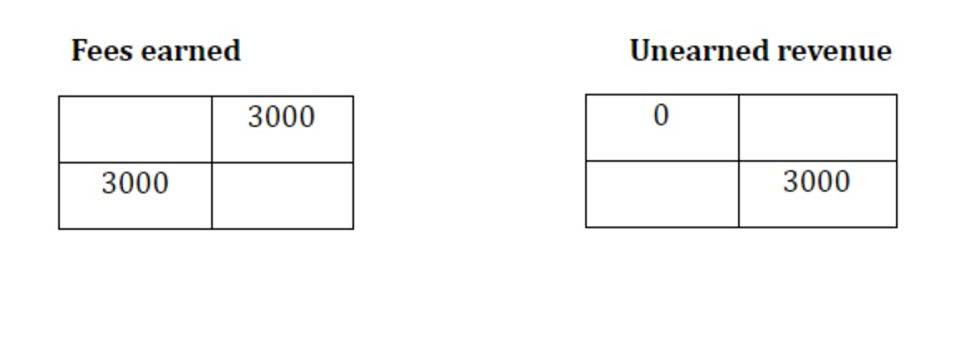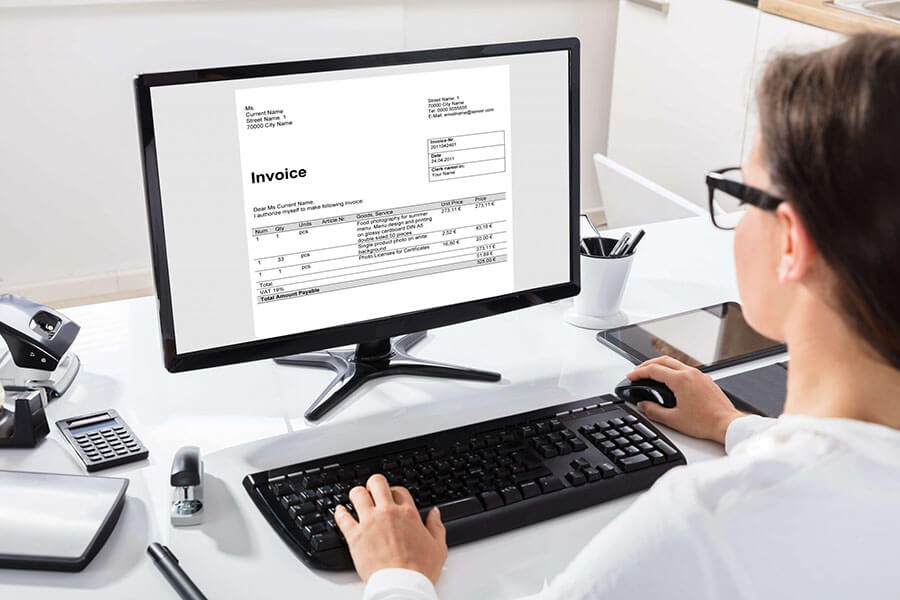
Notes payable usually involve more extended periods than accounts payable since it takes time to repay long-term loans. Accounts payable, on the other hand, are always classified as current liabilities. These represent operational debts due within the short term, often 30 to gross vs net 60 days.
Notes payable vs accounts payable: Differences and examples
- By checking the box below, you consent to GEP using your personal information to send you thought leadership content – such as white papers, research reports, case studies – and other communications.
- The IDC report highlights HighRadius’ integration of machine learning across its AR products, enhancing payment matching, credit management, and cash forecasting capabilities.
- Notes payable are formal agreements between a company and a creditor in which the company agrees to repay a specific amount of money over a particular period.
- Understanding the difference between accounts payable and notes payable is essential to keep your business operations running smoothly.
- Each note records both the initial amount borrowed (the principal) and any interest accumulated over time.
After analyzing the above paragraph, it can be concluded that notes payable and account payable are equally crucial for a business to run smoothly. Accounts payable are the short-term commitment of the company towards its suppliers when the goods are purchased, or the company credit provides the services from the suppliers. But, notes payable the issued by the vendors when the funds are borrowed from the lender, generally for purchasing the fixed assets. These are https://khanhmap.com/gusto-login-access-payroll-hr-services-securely-3/ the formal written agreements that are mutual terms between both parties. Both notes payable and accounts payable involve money a business owes, but they serve different purposes. Accounts payable covers everyday expenses — short-term obligations to suppliers that can be efficiently managed with AP automation software to improve cash flow and reduce errors.
Impact on cash flow

Accounts receivable (AR) are the money customers owe for unpaid goods or services. Businesses often need to borrow money to pay difference between accounts and notes payable for things, rather than using cash they’re holding in reserve. Read on to understand this financial tool, the types of notes payable, and what it takes to make one official. Another difference is that Accounts Payable does not involve an interest rate since it is simply unpaid invoices.

Practical Tips on How to Save Money on Business Travel

Make sure that you have enough funds available to cover these payments before they become overdue. Accounts Payable and Notes Payable are both critical components of a company’s liabilities but serve different purposes and come with their own sets of advantages and disadvantages. Explore why HighRadius has been a Digital World Class Vendor for order-to-cash automation software – two years in a row. Download the financial projections template to clarify financial patterns, track spending throughout the year, and make better-informed decisions about the future. Promissory notes usually specify a given maturity date, interest rate, and any collateral. For example, a business might issue notes to purchase a new property or an expensive piece of equipment.

Plus, it seamlessly integrates with ERP solutions from providers like Infor, Oracle, and Microsoft Dynamics. Automate Dispute Resolution with AP SoftwareInvoice discrepancies and errors are one of the primary causes of delayed payments. To mitigate this issue, many businesses turn to AP automation software, which quickly catches mismatches between purchase orders, invoices, and receipts. Automating a three-way matching process eliminates the need for time-consuming manual checks, reduces human errors, and speeds up the resolution of disputes. Companies usually obtain notes payable from financial institutions, banks, or even corporate lenders, such as parent companies or subsidiaries. In most cases, this funding helps cover major expenses or expansion efforts.

Benefits of using AP automation software
The main difference between notes payable and other long-term debt lies in the duration of the financial commitment. While some notes payable obligations have shorter terms, extending less than a year, others can stretch significantly longer, reaching up to thirty years. This prolonged obligation can pose challenges for a company’s cash flow, potentially leading to financial strain. Individuals and corporations occasionally lack the financial wherewithal to purchase the items they require, forcing them to do so on credit. These are referred to as “payables” provided to them by banks, financing businesses, and suppliers. An often-overlooked aspect of accounts payable is the role it plays in managing working capital, through the ability to time payments.

No comment yet, add your voice below!